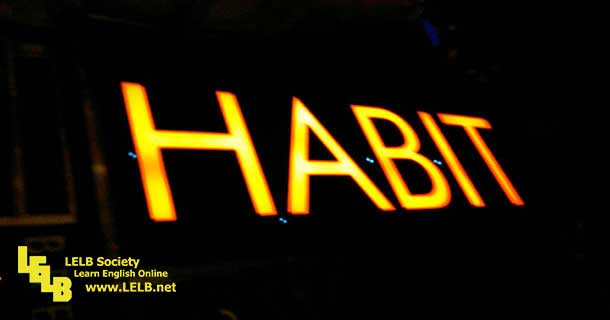Behaviorism in second language learning
Empirical studies were primarily descriptive and totally objective by nature.
In the late 1960s and 1970s, a growing consensus was reached that behaviorist theories of L2 learning were inadequate. L2 learners, like L1 learners, were credited with a ‘built-in-syllabus’, which guided their progress.

According to the behaviorist hypothesis, the mind of the newborn infant is linguistically a blank slate. The child imitates speech around it, using a process of trial and error. It is reinforced in these imitations, or discouraged from them, by the degree of success it achieves in communicating. This is a standard stimulus-and-response, positive or negative reinforcement approach. Language then, for the behaviourists, is learnt behavior that occurs as a result of this process.

Behaviorist theory came to explain learning in terms of ‘operant conditioning’: an individual responds to a stimulus behaving in a particular way. Whatever happens subsequently will affect the likelihood of that behavior recurring. If the behavior is reinforced (i.e. rewarded or punished), then the likelihood of that behavior occurring on a subsequent occasion will be increased or decreased. In this way, any range of behaviors could be gradually or rapidly increased by reinforcing the behavior required.

Behaviorist views of learning were taken up widely by language teachers, and were a powerful influence on the development of the audiolingual approach to language teaching. When this theory is applied to language learning, language is seen as a behavior to be taught. Learners are given language tasks in small, sequential steps. A small part of the foreign language, such as a structural pattern, is presented as a stimulus, to which the learner responds, for example, by repetition or substitution.
This is followed by reinforcement by the teacher, based on 100 percent success. Learning a language is seen as acquiring a set of appropriate mechanical habits, and errors are frowned upon as reinforcing ‘bad habits’. The role of the teacher is to develop in learners good language habits, which is done mainly by pattern drills, memorization of dialogues or choral repetition of structural patterns. Explanation of rules is generally given when the language item has been well practiced and the appropriate habit acquired.
Criticizing behaviorism
behaviorism is criticized in this way that if language were acquired by trial and error, stimulus-and-reinforcement, we would expect to find marked variations in age and speed relative to language learning, depending upon the individual child’s learning situation. This is precisely what we do not see.



